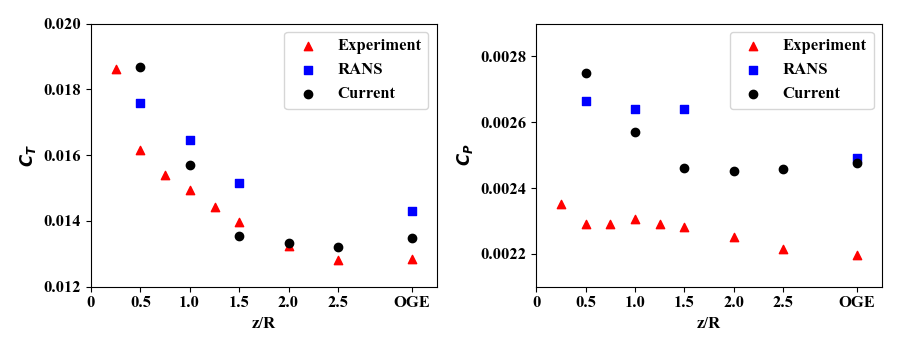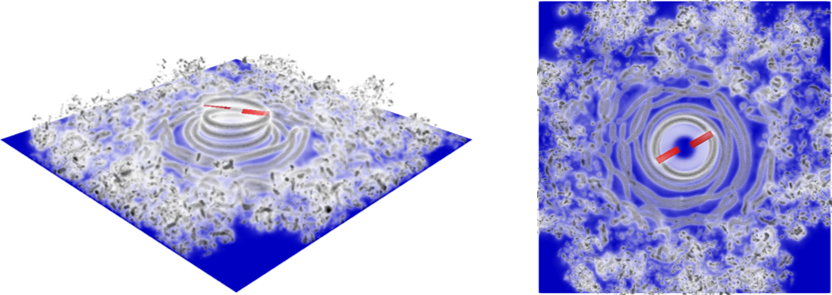Vortex Hazards
Vortex Ring State
Vortex Ring State (VRS) is an aerodynamic condition experienced by rotorcraft during vertical or low-speed descending flight, characterized by the formation of a toroidal vortex around the rotor disk in which induced airflow recirculates upward around the rotor tips. This vortex disrupts the rotor's induced flow, causing significant thrust fluctuations and an increased descent rate that cannot be effectively counteracted by increasing the collective pitch; thus, it is also referred to as power settling. Entering VRS can lead to severe consequences, including loss of aircraft control and fatal crashes, as exemplified by the April 2000 V-22 Osprey accident that resulted in 19 fatalities when the aircraft exceeded recommended descent rate limit at a given horizontal speed. Thus, predicting the onset of VRS, particularly in terms of descent rate and horizontal speed, is crucial for determining the operational boundaries for safe landing. VRS boundaries have been investigated in several ways, including wind tunnel experiments, flight tests, analytical models, and numerical simulations, primarily for conventional rotorcraft.
VRS can be particularly problematic for electric Vertical Takeoff and Landing (eVTOL) aircraft due to their inherently high disk loading, highly twisted rotor blades, and pronounced rotor-rotor aerodynamic interactions. Additionally, given the expectation that many eVTOL aircraft will operate within urban air mobility (UAM) networks, these vehicles will frequently encounter complex airflow environments influenced by surrounding buildings. Furthermore, their landing trajectories may need to be steeper compared to conventional helicopters to mitigate noise impacts on urban areas. However, due to the limited number of operational eVTOL prototypes available, performing comprehensive flight tests to evaluate VRS susceptibility remains challenging. Addressing this limitation, our research group is actively developing specialized analytical models for assessing VRS risk specifically tailored to eVTOL aircraft. Moving forward, our studies will focus on conducting high-fidelity numerical simulations utilizing advanced computational methods, including KFLOW and the Lattice Boltzmann Method (LBM), to enhance the accuracy and reliability of VRS prediction for next-generation rotorcraft.
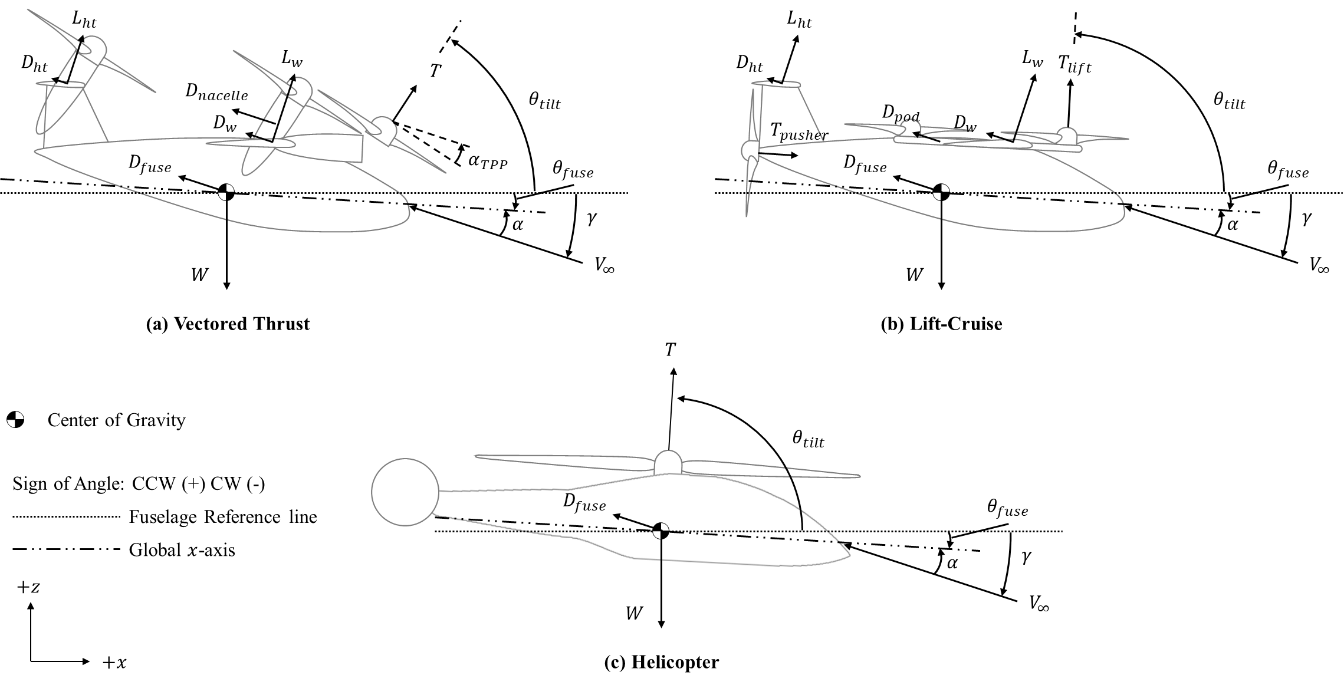
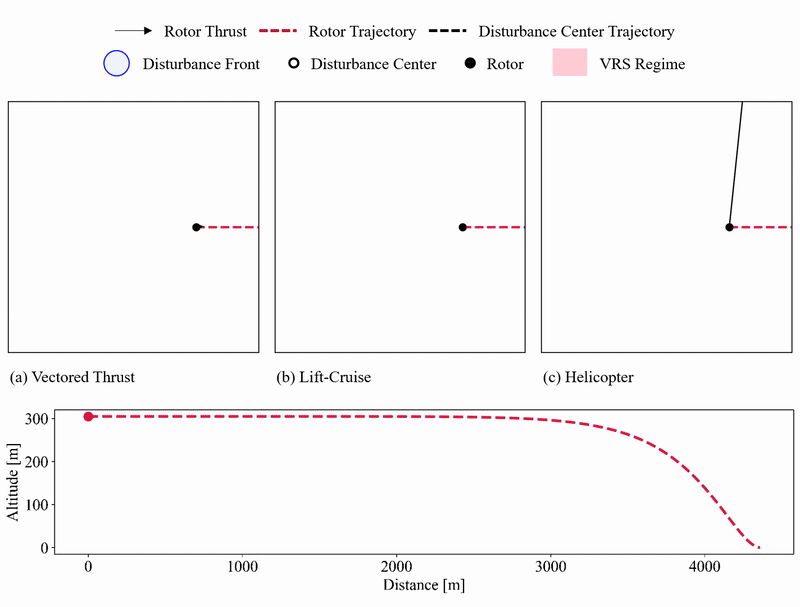
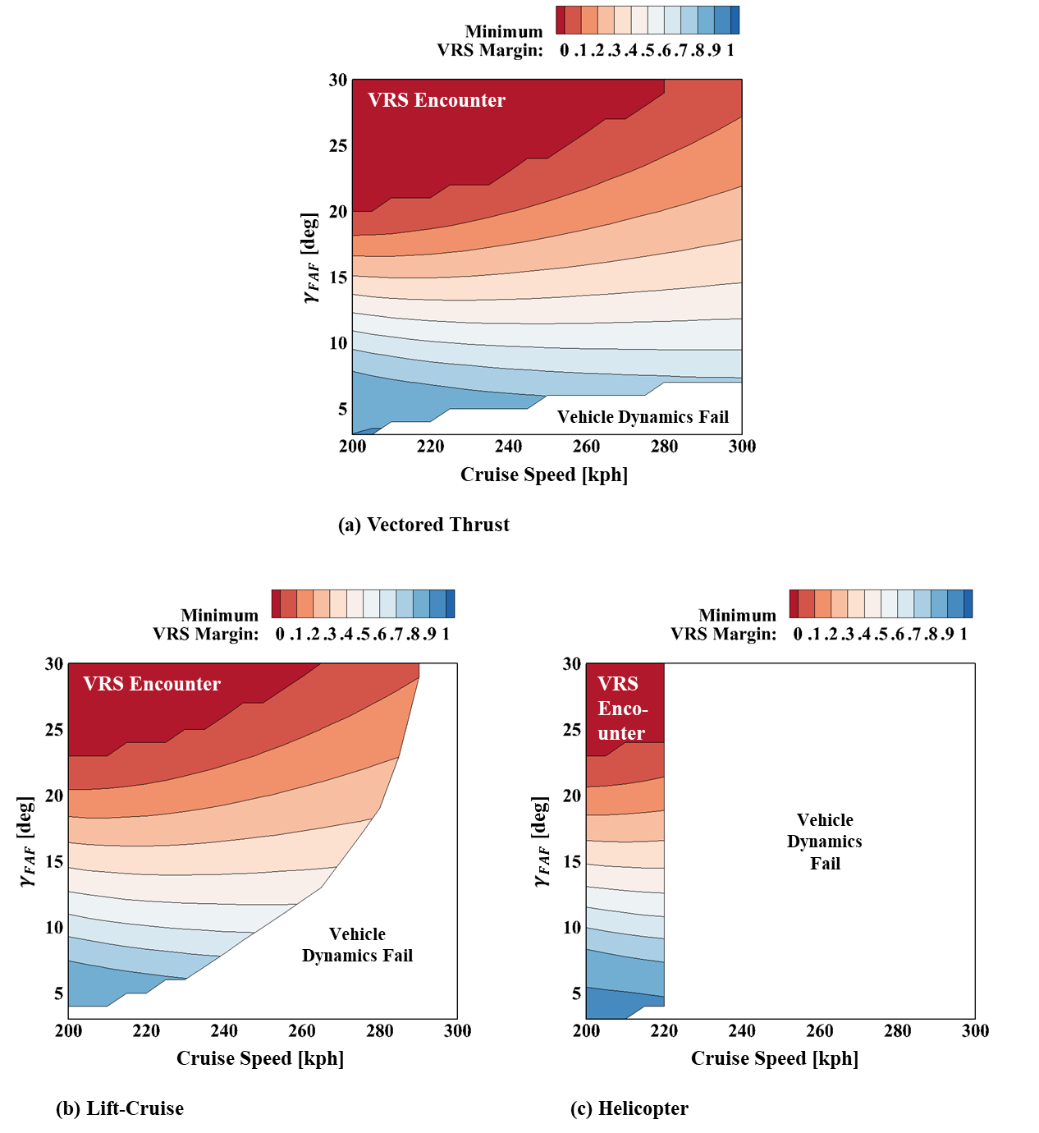




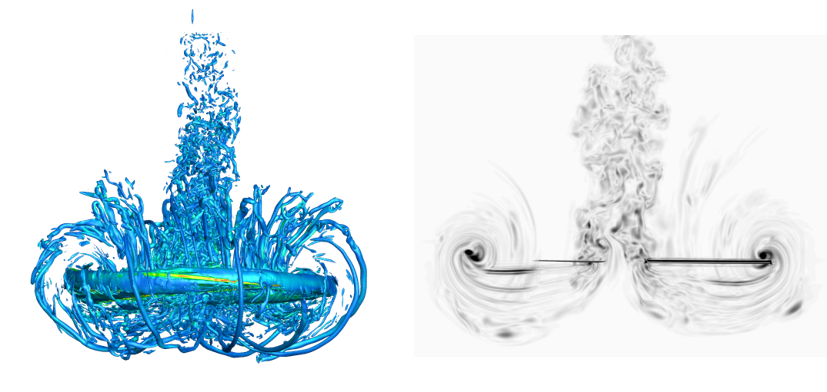

Downwash/Outwash
Downwash/outwash (DWOW) effects pose significant challenges in rotorcraft operations. The intense airflow generated by rotorcraft operating near the ground, along with airborne debris, can lead to serious hazards such as ground casualties, damage to aircraft and surrounding structures, and the brownout phenomenon.
As multi-rotor electric vertical takeoff and landing (eVTOL) aircraft are expected to play a major role across a variety of sectors, understanding the DWOW behavior in these systems is critical to ensuring operational safety. Unlike traditional helicopters, multi-rotor aircraft exhibit high disc loading and complex rotor-rotor interactions, resulting in distinct DWOW characteristics that demand new analytical and modeling approaches.
Due to the high cost and complexity of full-scale experimental testing, computational modeling is essential for systematic investigation. The viscous vortex particle method (VVPM) provides high-fidelity simulation capabilities at relatively low computational cost compared to grid-based computational fluid dynamics (CFD) methods, making it particularly effective for modeling DWOW phenomena in multi-rotor configurations over extended flight durations.
Our ongoing research includes a systematic analysis of DWOW behavior across various rotor configurations and landing scenarios. Future efforts will focus on the modeling of vertiport obstacles and brownout effect.
